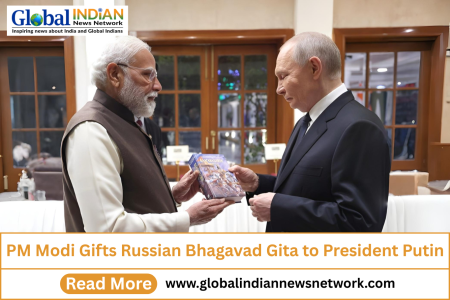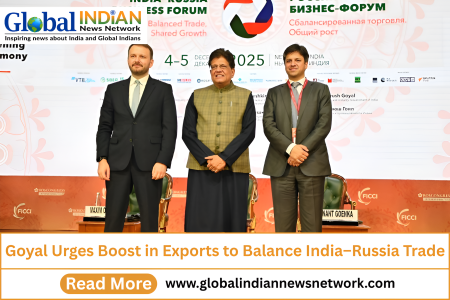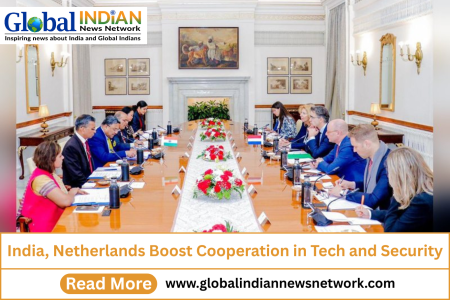
The Centre is considering the establishment of a global trade promotion body aimed at enhancing MSME exports, as per sources familiar with the matter. This initiative is being proposed in light of India’s growing trade deficit and the critical need to boost exports.
This new entity, modeled after the Japan External Trade Organization (JETRO) and the Australian Trade and Investment Commission (AUSTRADE), will have branches in major global economies. The focus of this organization will be to support MSMEs, which often lack the financial capacity to market their products internationally on their own.
One source indicated a strong demand for an international trade promotion body to assist MSMEs in exporting and entering global markets.
Another insider noted that while India has sector-specific trade promotion bodies and the India Trade Promotion Organisation (ITPO), they lack a strong global presence and primarily operate from within the country.
The GTPO is designed to assist small businesses with the necessary processes for exporting goods and services, such as registration, licensing, and certification, by working in conjunction with India’s consulates abroad. It aims to be a comprehensive support system for MSMEs, helping them participate in global exhibitions, trade shows, and buyer-seller meets.
Queries directed to the ministries of commerce, MSME, and finance were not answered by press time.
Vinod Kumar, president of India SME Forum, emphasized the importance of such an organization for MSMEs and suggested that it should aim to boost India’s exports to $1 trillion. In FY24, India’s merchandise exports declined by 3.11% to $437.06 billion, compared to $451.07 billion in FY23, according to the commerce ministry.
India’s merchandise trade deficit reached a seven-month high in May, largely due to a rise in imports, with the deficit standing at $23.78 billion. Merchandise exports increased to $38.13 billion in May, but imports rose more sharply to $61.91 billion.
MSMEs are crucial to India’s export ecosystem, contributing about 45% of total exports, as per a Global Trade Research Initiative (GTRI) report. They also account for 38% of manufacturing output, contribute 27% to GDP, and employ over 110 million people, making them the largest employer after agriculture.
A NITI Aayog report highlighted the significant, yet underutilized, potential of MSME exports in sectors such as handicrafts, handloom textiles, ayurveda, herbal supplements, leather goods, imitation jewelry, and wooden products. These sectors represent substantial global markets worth over $340 billion.
The report noted the challenges MSMEs face in accessing export markets due to economies of scale, compliance requirements, cost-effective production, and efficient logistics management. It emphasized that exporting is essential for MSMEs to realize their growth potential, allowing millions of manufacturing MSMEs to expand their customer base and increase revenue.












